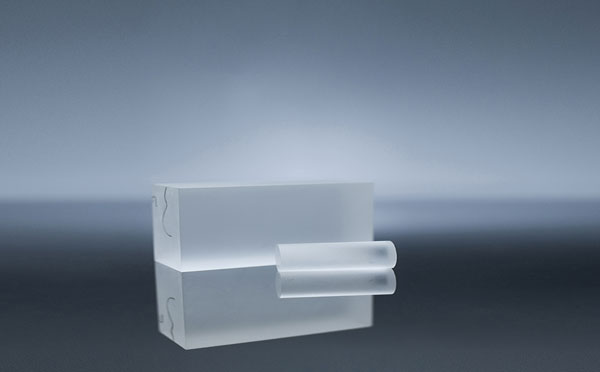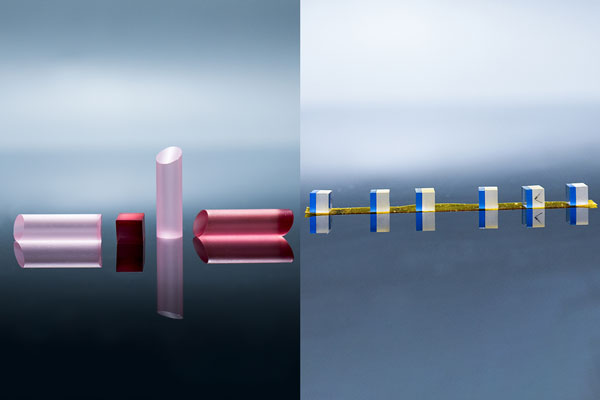Comprehensive Guide to Growth Method an of BBO crystals
Introduction Beta Barium Borate (BBO) stands out in the realm of nonlinear optical crystals due to its exceptional attributes, such as wide transparency range, high nonlinear coefficient, and broad phase-matching bandwidth. These characteristics make BBO crystals popular for various applications, including frequency doubling (SHG), optical parametric oscillators (OPO), and electro-optical modulation. Like the different types of laser crystals we explored in our previous guide, these BBO crystals are also created through several growth methods, each with unique pros and cons. This article delves into the most common growth methods of BBO crystals, elaborating on their advantages and limitations to provide …
Comprehensive Guide to Growth Method an of BBO crystals Read More »








